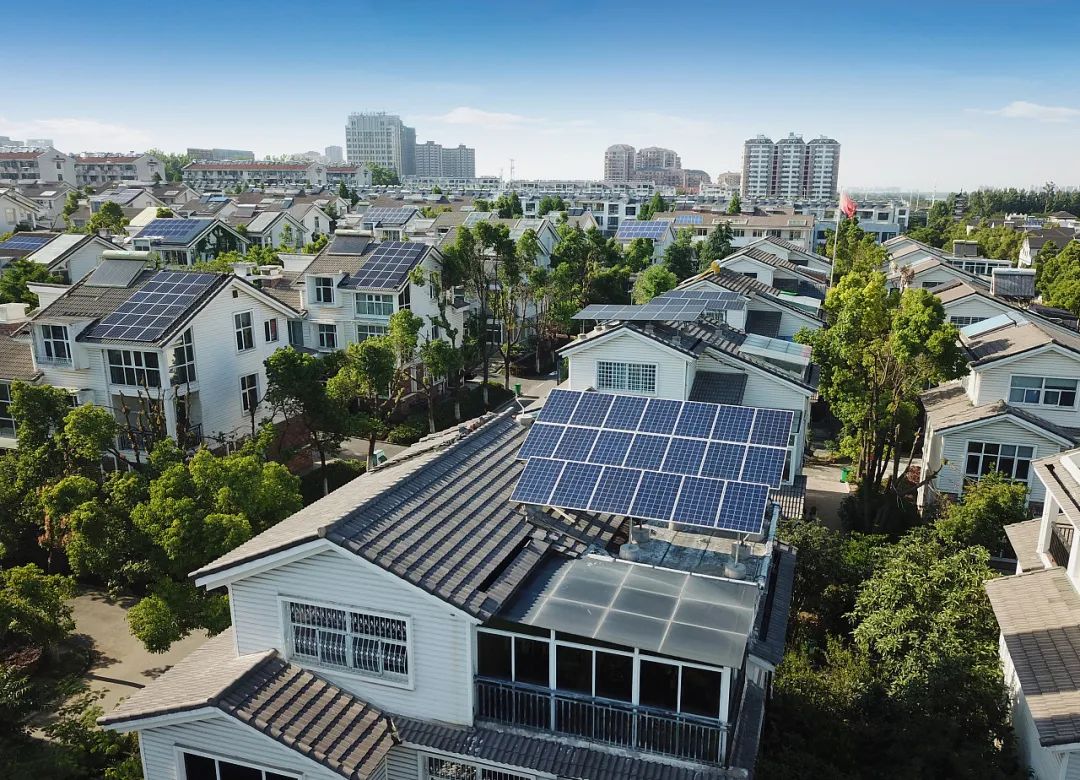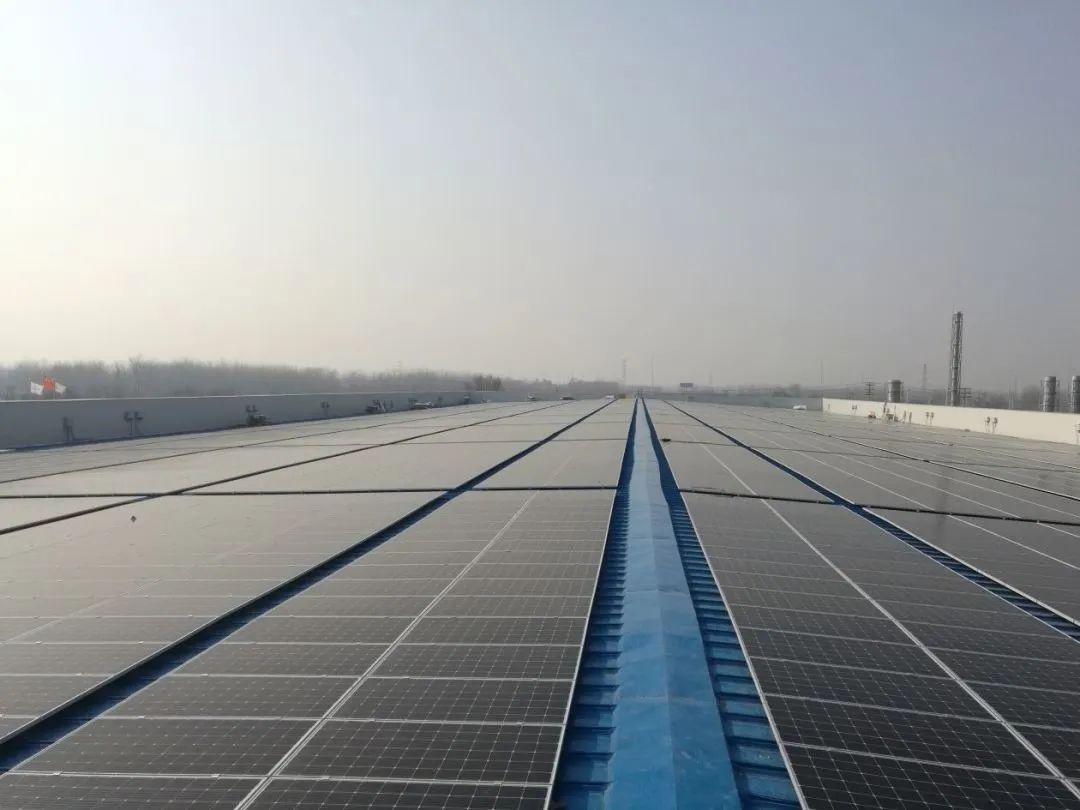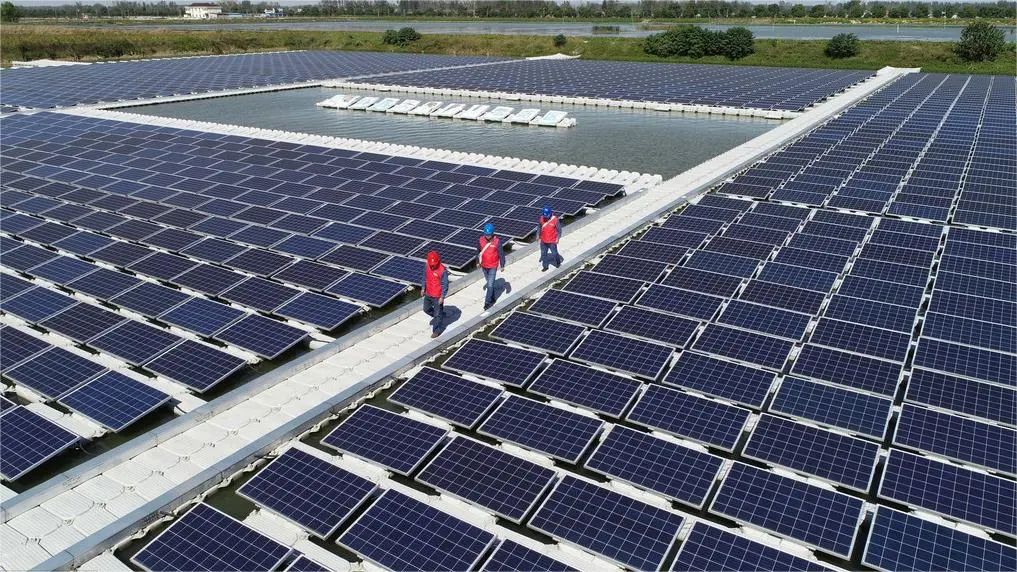A photovoltaic (PV) power station system comprises several components, including PV modules (solar panels), inverters, combiner boxes, distribution boxes, mounting brackets, and connecting wires. Any malfunction in these components can disrupt the entire power station's operation, leading to reduced power generation or, in severe cases, fire hazards.
Common Problems in PV Power Station Systems
**Quality Issues**
1. **Product Quality Issues:** Common problems include refurbished PV modules, exaggerated power ratings, substandard solar panels, severe degradation, insufficient inverter output, and aging. Additionally, there are issues like incorrect concrete grades, insufficient pouring dimensions, significant material deviations in brackets, inadequate galvanizing, low cable specifications, insufficient current-carrying capacity, and non-standard distribution equipment.
2. **Installation Quality Issues:** These arise from poor foundation vibration during installation, improper rebar cage binding, incomplete bracket bolt installation, improper cable connections, and virtual connections. Improper installation of PV modules can also lead to hidden cracks.
**Daily Management**
1. **Obstructions:** PV arrays can be obstructed by buildings (walls, chimneys), high-voltage lines, antennas, base stations, railings, solar water heaters, trees, and weeds. Even a single obstructed cell in a PV module can significantly impact the power output of the entire string, leading to hot spot and corrosion effects.
- **Hot Spot Effect:** Obstructed parts of the PV module heat up significantly more than unobstructed parts, potentially burning the module, shortening its lifespan, and reducing efficiency.
- **Corrosion Effect:** Dust and airborne pollutants can corrode the surface of solar panels, reduce sunlight absorption, and thus decrease power generation.
2. **Dust and Snow:** Dust, bird droppings, sand, plant leaves, construction splashes, and oil stains can accumulate on outdoor PV modules, reducing their efficiency. Snow can also cause shading, leading to power loss. Partially shaded modules can cause the shaded cells to become hot spots, which can permanently damage the modules or even cause fires.
3. **Hidden Hazards:** Ignoring safety hazards in PV power stations can lead to issues like reduced cooling efficiency, increased system loss, and fire risks. Examples include makeshift structures in the PV array, random storage of flammable materials, overgrown weeds, and nests in distribution boxes. These hazards can lead to short circuits, equipment damage, and increased maintenance costs.
Maintenance Tips for PV Power Stations
**Daily Maintenance**
1. **Basic Judgments:**
- Use smart meters to monitor PV station data, detect faults, and evaluate power generation.
- Use inverters to monitor power station performance, identify issues through fault lights, and report problems for timely action.
2. **Site Maintenance:**
- Conduct daily inspections and bi-monthly cleanings, promptly addressing any hazards.
- Ensure the integrity of fences, safety signs, and information boards.
- Inspect equipment to prevent theft or damage, and ensure only authorized personnel access the PV array.
- Monitor weather forecasts to prepare for potential issues.
- Record operational parameters and power generation data to maintain a management ledger.
- Personnel should have basic fault analysis skills to report and handle issues promptly.
**Component Maintenance**
1. **PV Modules:**
- Regularly inspect for insulation aging, mechanical damage, and ensure proper integration with brackets.
- Clean module surfaces to prevent dust, snow, or other debris from reducing efficiency and causing hot spots.
- Use appropriate cleaning methods and schedules to avoid damage and ensure thorough cleaning.
2. **Inverters:**
- Prevent rust and dust accumulation.
- Maintain good ventilation to prevent overheating.
- Ensure warning signs are intact and the fan operates correctly without unusual noise.
- Regularly check connections and monitor performance indicators to detect and address faults.
3. **Distribution Boxes:**
- Know the function and parameters of each device.
- Prevent deformation, rust, water leaks, and dust accumulation.
- Ensure all switches and terminals are in good condition, without abnormal sounds or odors.
4. **Cables and Joints:**
- Inspect monthly for overloading and damage.
- Seal cable entries and ensure proper support to prevent strain.
- Ensure joints are secure and address any faults immediately.
5. **Mounting Brackets:**
- Ensure all bolts and connections are secure.
- Maintain anti-corrosion coatings and check grounding systems regularly.
- Inspect for damage after extreme weather and ensure secure fixation.
6. **Lightning Protection and Grounding:**
- Maintain anti-corrosion coatings and ensure secure connections.
- Perform thorough inspections before the rainy season to ensure reliability and address issues promptly.
Efficient Operation and Maintenance
As economic development increases power grid loads, efficient PV power station monitoring becomes crucial.
1. **Monitoring Management:**
- Track load changes and quickly identify and address faults.
- Efficiently use load index graphs to enhance monitoring efficiency and quickly detect issues.
2. **Utilizing PV O&M Systems:**
- Leverage smart meter data, inverter management systems, and external monitoring to ensure timely maintenance.
- Use remote maintenance and expert diagnostics to maintain high operational efficiency and maximize power station revenue.
By understanding and addressing these common issues and maintenance needs, PV power stations can operate safely and efficiently, ensuring sustainable energy production and reducing operational risks.
If you're interested in learning more about our solar energy storage offerings, we encourage you to explore our product line. We offer a range of panels and battery that are designed for various applications and budgets, so you're sure to find the right solution for your needs.
Website:www.fgreenpv.com
Email:Info@fgreenpv.com
WhatsApp:+86 17311228539
Post time: Jul-28-2024














